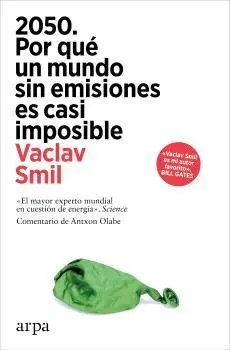CITY OF BILBAO: GREAT NATURALISTIC AVENUE
GREAT NATURALISTIC AVENUE
ISPIZUA ANDUIZA, PEDRO
Owing to the population stagnation suffered by Western countries over the last half century, the urban debate has been focused on naturalistic issues such as environmental concerns and sustainability.
All of them pursue the enrichment of the urban artifice by being integrated in the natural kingdom. The Nervión Valley gives us the four classic elements of Nature: Water, Earth, Air and Fire. Water flows down the river, Earth spreads along the riverbanks, Air is provided by the atmosphere and Fire is produced by the burning sun. Taking into account such elements, Bilbao has reinvented the Urban Gran Vía of the XIX century that has been turned into the Great Naturalistic Avenue of the XXI century.
The natural birth of a space in which the urban activities are centralized is the germ that fertilizes the territory in order to deliver a new metropolitan life. At the advent of the 21st century, Bilbao's Central Area reached its come of age, right after the inauguration of the subway network. Because of this challenge, it is of relevance to delve into the knowledge of three basic matters. The first one is related to the urban growth and the polycentrality process. They are evolving on a par with the transportation technology that makes commuting possible and extends central hubs through a new generation of hierarchical multi-nodal networks. Secondly, a metamorphosis analysis of the nineteenth-century city has been conducted within the Central Activities Zone (CAZ). The foundational site ends up becoming the polarizing nucleus on which activities and public facilities of greater visibility within the Region gravitate. And finally, the accomplishments of these European river-cities are described because their extensive history offers us some notes and sketches that will help us to reveal in advance the uncertain future.
The Great Naturalistic Avenue the Nervión River has been turned into is the result of joining both riverbanks. The façades of the amazing buildings that stand out in Portugalete and Las Arenas that are twinned by the Bizkaia Bridge opened the way for an exemplary coexistence for the future development of this legendary river. Some of the pictures shown in this publication help to discover a joint urban story of these two coastal municipalities. Following this example, the municipality of Bilbao has transformed the "Urban Crack" the river meant into the Avenue representing the Metropolis, in such a way that only this photographic report or a stroll along the riverbanks may reveal. The urban resource of the river course, as a crystalline mirror or as an impressionist canvas of the riversides that are paired through the bridges and the crossed visuals obtained from unusual angles, are typical discoveries that have been accomplished by an extraordinary urban research work, which will undoubtedly help us with the future metropolitan deployment of the Nervión River.
The photographs presented herein reflect the research and creative work applied to Nature. There is no lack of kaleidoscopic atmospheres, crystalline watercourses, specular riverbeds, spectral landscapes, naturalized urban fronts, morning lights, natural sunsets and flames with no more fire than the sun. Nature is the experimental field, whereas architecture and urbanism, as supporting actors, share their small participation. Nature as a totem to which the limited urban artifice is subjected.
Peru Serra. Urban Architect and Professional Photographer
Pedro Ispizua. Urban Architect and Municipal Officer
Charles Rivera. English Teacher and Translator.








